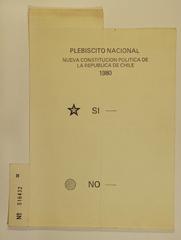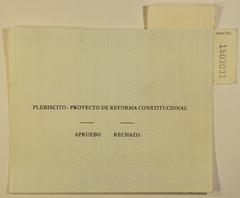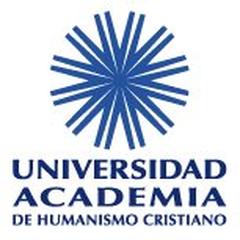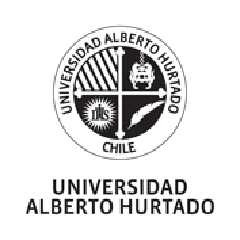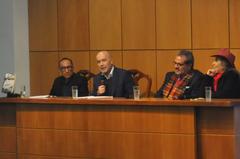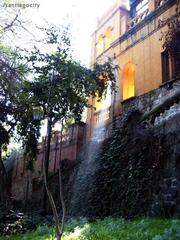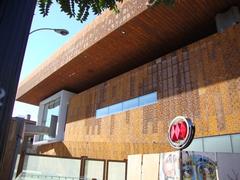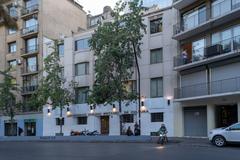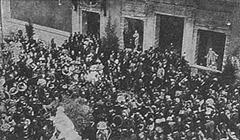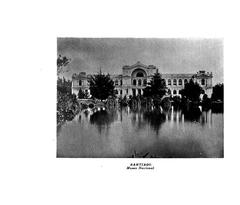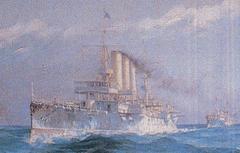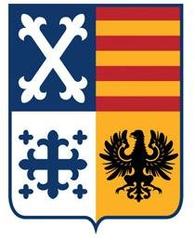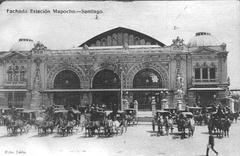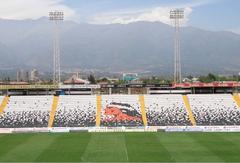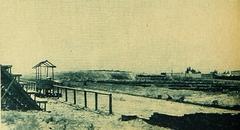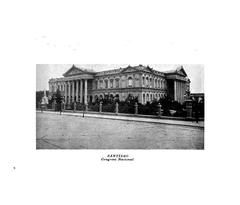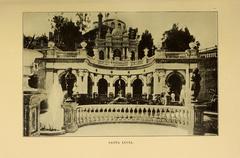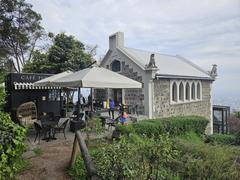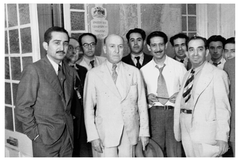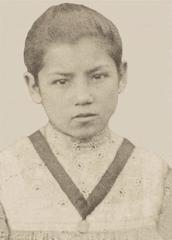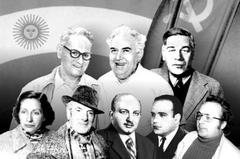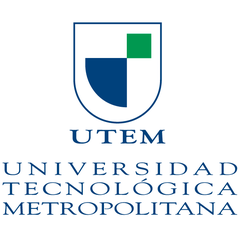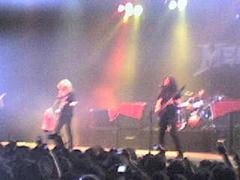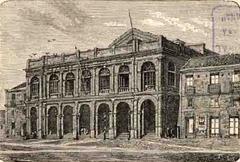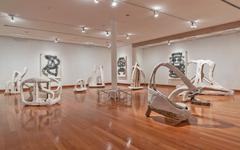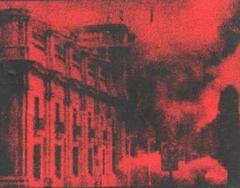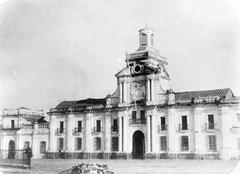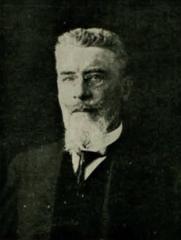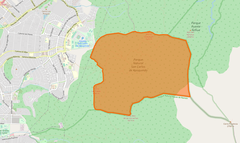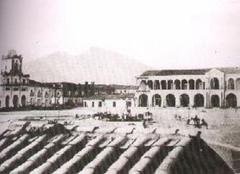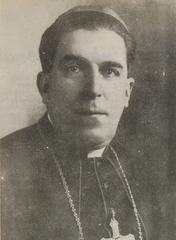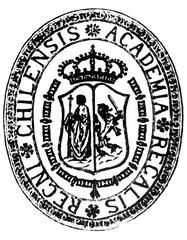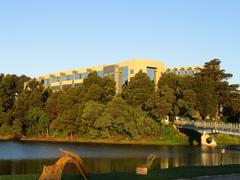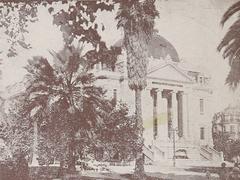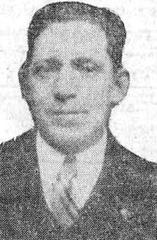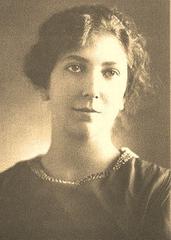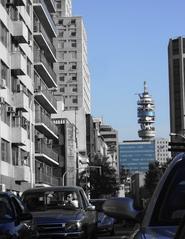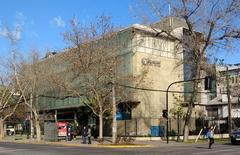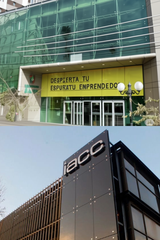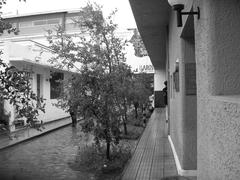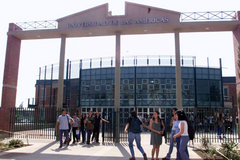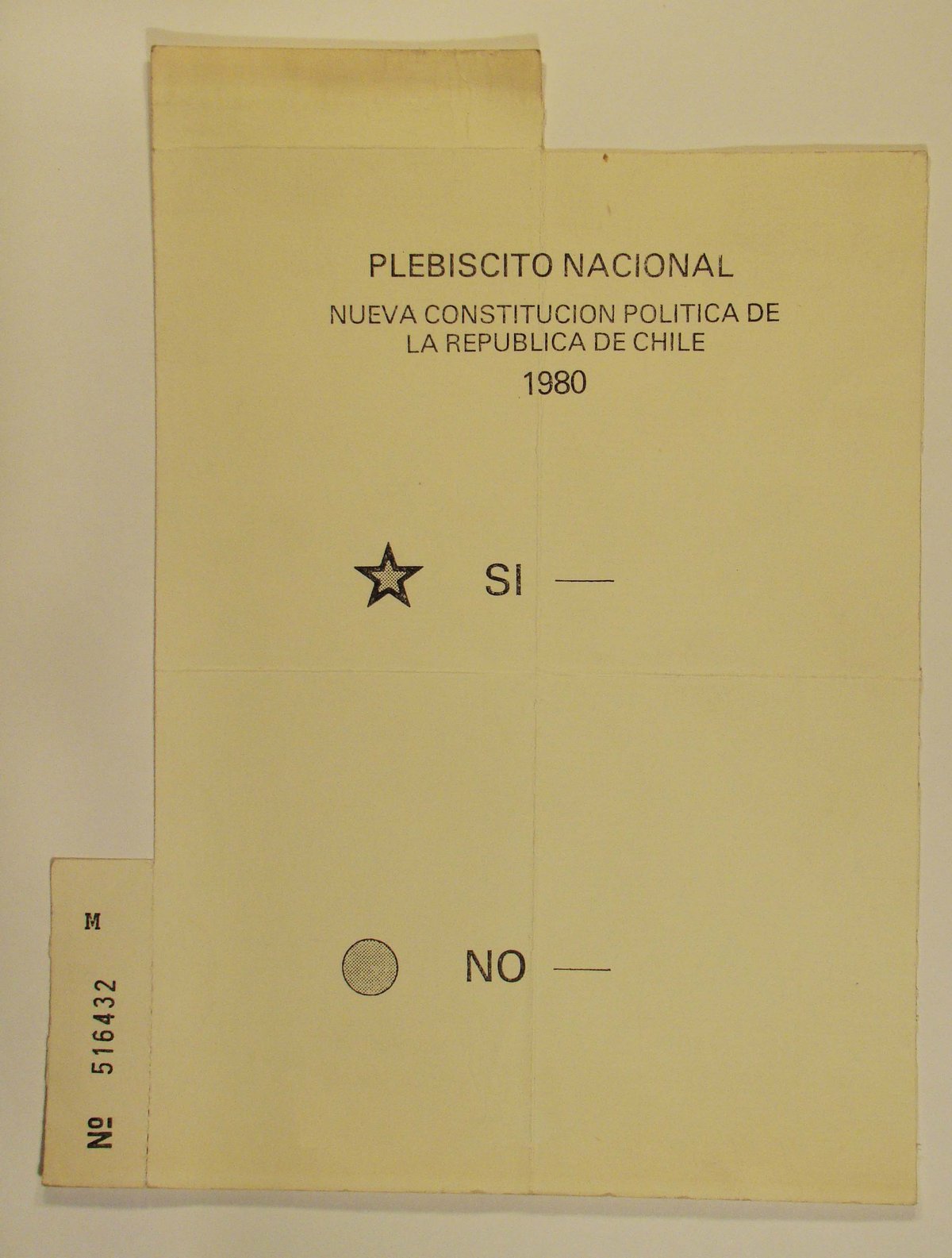
Visiting Museo de la Memoria y los Derechos Humanos in Santiago
Publication Date: 17/07/2024
Introduction to Museo de la Memoria y los Derechos Humanos
The Museo de la Memoria y los Derechos Humanos in Santiago, Chile, is more than just a museum; it is a profound symbol of remembrance and education. Established to commemorate the victims of human rights violations during the brutal military dictatorship of General Augusto Pinochet from 1973 to 1990, the museum serves as a poignant reminder of a dark chapter in Chilean history (source). Opened on January 11, 2010, it aims not only to memorialize the past but also to educate future generations on the importance of human rights and the dangers of political repression. The architectural design by Brazilian architect Mario Figueroa further enhances its mission, with its transparent, open structure symbolizing the museum’s commitment to transparency and reflection (source). Visitors are drawn to its meticulously curated exhibitions, educational programs, and the deeply moving personal testimonies from survivors and families of victims, making it an essential destination for anyone interested in understanding Chile’s history and the broader struggle for human rights worldwide.
Contents Overview
- History and Significance
- Historical Context
- Architectural Significance
- Visitor Information
- Practical Information
- Visitor Experience
- Exhibitions and Programs
- Permanent Exhibitions
- Temporary Exhibitions
- Educational Programs
- Cultural and International Significance
- Cultural Significance
- International Recognition
- Travel Tips and Nearby Attractions
- Travel Tips
- Nearby Attractions
- Accessibility
- Special Events and Guided Tours
- Special Events
- Guided Tours
- Photographic Spots
- FAQ Section
- Frequently Asked Questions
History and Significance
Historical Context
The Museo de la Memoria y los Derechos Humanos (Museum of Memory and Human Rights) in Santiago, Chile, was inaugurated on January 11, 2010. The museum was established to commemorate the victims of human rights violations during the military dictatorship of General Augusto Pinochet, which lasted from September 11, 1973, to March 11, 1990. This period was marked by widespread repression, including arbitrary arrests, torture, forced disappearances, and executions. The museum serves as a poignant reminder of this dark chapter in Chilean history and aims to educate the public about the importance of human rights.
Architectural Significance
The museum’s building itself is a significant piece of modern architecture. Designed by Brazilian architect Mario Figueroa, the structure is a striking example of contemporary design, featuring a large, rectangular form clad in greenish glass and copper mesh. The building’s transparent and open design symbolizes the museum’s mission of transparency and openness in dealing with the past. The architectural design has received numerous accolades for its innovative approach and its ability to evoke a sense of solemnity and reflection.
Visitor Information
Practical Information
The museum is located at Matucana 501, Santiago, Chile, and is easily accessible by public transportation. It is open from Tuesday to Sunday, from 10:00 AM to 6:00 PM, and admission is free. Visitors are encouraged to check the museum’s official website (Museo de la Memoria y los Derechos Humanos) for the latest information on exhibitions, events, and educational programs.
Visitor Experience
Visitors to the Museo de la Memoria y los Derechos Humanos can expect a deeply moving and educational experience. The museum is designed to be accessible to all, with exhibits available in both Spanish and English. Audio guides and guided tours are available to provide additional context and insights into the exhibits. The museum also features a bookstore and a café, offering visitors a space to reflect and discuss their experiences.
Exhibitions and Programs
Permanent Exhibitions
The museum’s permanent exhibitions are meticulously curated to provide a comprehensive overview of the human rights abuses that occurred during Pinochet’s regime. The exhibitions include a variety of multimedia displays, such as photographs, videos, and personal testimonies from survivors and families of victims. One of the most impactful sections is the “Hall of Names,” which lists the names of those who were killed or disappeared during the dictatorship. This hall serves as a powerful reminder of the individual lives affected by the regime’s brutality.
Temporary Exhibitions
In addition to its permanent exhibitions, the museum hosts temporary exhibitions that focus on various human rights issues from around the world. These exhibitions aim to draw parallels between Chile’s past and other global human rights struggles, thereby fostering a broader understanding of the importance of human rights. Past exhibitions have covered topics such as the Holocaust, apartheid in South Africa, and the civil rights movement in the United States.
Educational Programs
The museum places a strong emphasis on education, offering a range of programs designed to engage visitors of all ages. These programs include guided tours, workshops, and seminars that delve deeper into the themes presented in the exhibitions. The museum also collaborates with schools and universities to develop educational materials and curricula that promote human rights education. By fostering a culture of remembrance and education, the museum aims to prevent future human rights abuses.
Cultural and International Significance
Cultural Significance
The Museo de la Memoria y los Derechos Humanos holds a significant place in Chilean society. It serves as a space for reflection, mourning, and learning, helping to heal the wounds left by the dictatorship. The museum also plays a crucial role in the ongoing process of truth and reconciliation in Chile. By documenting and preserving the memories of the victims, the museum ensures that future generations will not forget the atrocities committed during this period.
International Recognition
The museum has gained international recognition for its work in promoting human rights and preserving historical memory. It is a member of the International Coalition of Sites of Conscience, a global network of historic sites, museums, and memory initiatives dedicated to promoting justice and human rights. The museum’s efforts have been praised by numerous international organizations, including the United Nations, which has highlighted the museum as a model for other countries dealing with similar histories of repression and violence.
Travel Tips and Nearby Attractions
Travel Tips
When planning your visit to the Museo de la Memoria y los Derechos Humanos, consider using public transportation for convenience. The museum is easily accessible by metro and bus. Also, allocate at least two hours to fully experience the exhibits and reflect on the information presented.
Nearby Attractions
While in Santiago, you can explore other historical sites such as La Moneda Palace, the National Museum of Fine Arts, and the Central Market. These locations offer a richer understanding of Chilean culture and history.
Accessibility
The museum is wheelchair accessible and offers services for visitors with disabilities. For detailed accessibility information, visit the museum’s official website.
Special Events and Guided Tours
Special Events
The museum frequently hosts special events, including lectures, panel discussions, and cultural performances that delve into human rights topics. Check the museum’s official website for the latest event schedule.
Guided Tours
Guided tours are available and highly recommended for a more in-depth understanding of the exhibits. These tours are conducted by knowledgeable guides who provide additional context and answer questions.
Photographic Spots
The museum offers several photographic spots that capture the essence of its architecture and the solemnity of its mission. Visitors are encouraged to share their experiences on social media, using the museum’s official hashtags.
FAQ Section
Frequently Asked Questions
What are the Museo de la Memoria y los Derechos Humanos visiting hours?
The museum is open from Tuesday to Sunday, from 10:00 AM to 6:00 PM.
Do I need tickets to visit the Museo de la Memoria y los Derechos Humanos?
Admission to the museum is free.
What is the best time to visit the Museo de la Memoria y los Derechos Humanos?
Weekday mornings are typically less crowded, making for a more reflective experience.
Are there any photography policies at the museum?
Photography is allowed in most areas of the museum, but flash photography and tripods are not permitted.
Are there any safety measures in place at the museum?
Yes, the museum has implemented safety measures, including hand sanitizing stations and social distancing guidelines. Please check the museum’s website for the latest updates.
Conclusion
The Museo de la Memoria y los Derechos Humanos is more than just a museum; it is a vital institution for preserving the memory of those who suffered under Pinochet’s dictatorship and for promoting the importance of human rights. Its comprehensive exhibitions, educational programs, and cultural significance make it an essential destination for anyone interested in understanding Chile’s history and the broader struggle for human rights worldwide. Be sure to download the mobile app Audiala, check out other related posts, and follow on social media for more updates.
Sources and Further Reading
- Museo de la Memoria y los Derechos Humanos Museo de la Memoria y los Derechos Humanos
